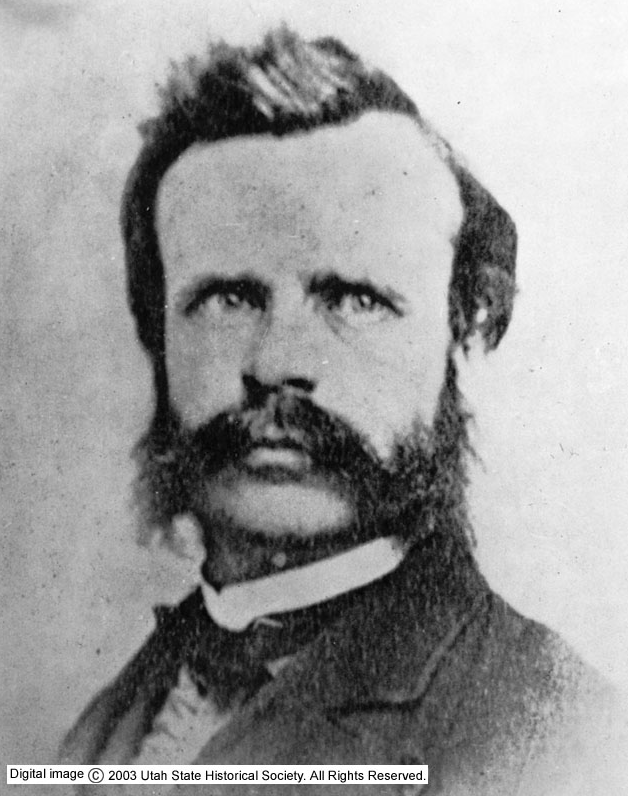John Wesley Powell lived an exciting life. He was a geologist, a Civil War veteran, a professor, and the first director of the Bureau of Ethnology at the Smithsonian! Powell brought a dedication to scientific study and exploration to the table.
In Short

Powell was interested in the American West, so he explored the Colorado River two times. During his trips, he collected different plants, animals, and insects for a natural history museum. Powell did all this travel with only one arm! He had lost the other arm fighting in the Civil War Battle of Shiloh. He didn’t let a disability stop him from exploring the American West and sharing his scientific findings with others.
More of the Story
In 1869 and 1871, Powell explored the mountains, canyons, and rivers of the Rocky Mountains. During the summer of 1869, he and ten inexperienced boatmen set out on the Colorado River in Green River, Wyoming. Nine hundred miles and three months later, they ended their journey at the end of the Grand Canyon. Powell also studied Utah’s landscapes and met many people. For example, he met a group of Paiutes in 1874. During all of his journeys, Powell and his teams collected interesting scientific information about the Colorado River and the surrounding landscapes that people studied and analyzed for decades.
It Was Not Easy!

Powell’s expedition was not easy! Today we can explore a river on a lightweight boat. However, Powell’s boats were made of wood and weighed down with food, scientific instruments, and cooking and camping gear. In Colorado, the river rapids made the journey dangerous. Powell and his party thought about how to make it safely through the rapids. They attached ropes to the boats and guided them through the water while standing on the dry shore. It was hard work and sometimes scary. However, they worked together to find a way to travel through the dangerous waters.
After the Expedition
Powell’s second expedition of the Colorado River began in 1871 and ended in 1872. He was well known for his adventures and his scientific work. He even became the second director of the U.S. Geological Survey. He helped to shape policies regarding the use of water in the dry western climate. Sadly, most people ignored Powell’s ideas until much later.
Powell’s interest in the American West, the Colorado River, and his dedication to science provided information about the region that people can still study today.
Keep Exploring!
Return to the People Who Made a Difference page here.
Return to the I Love Utah History home page here.